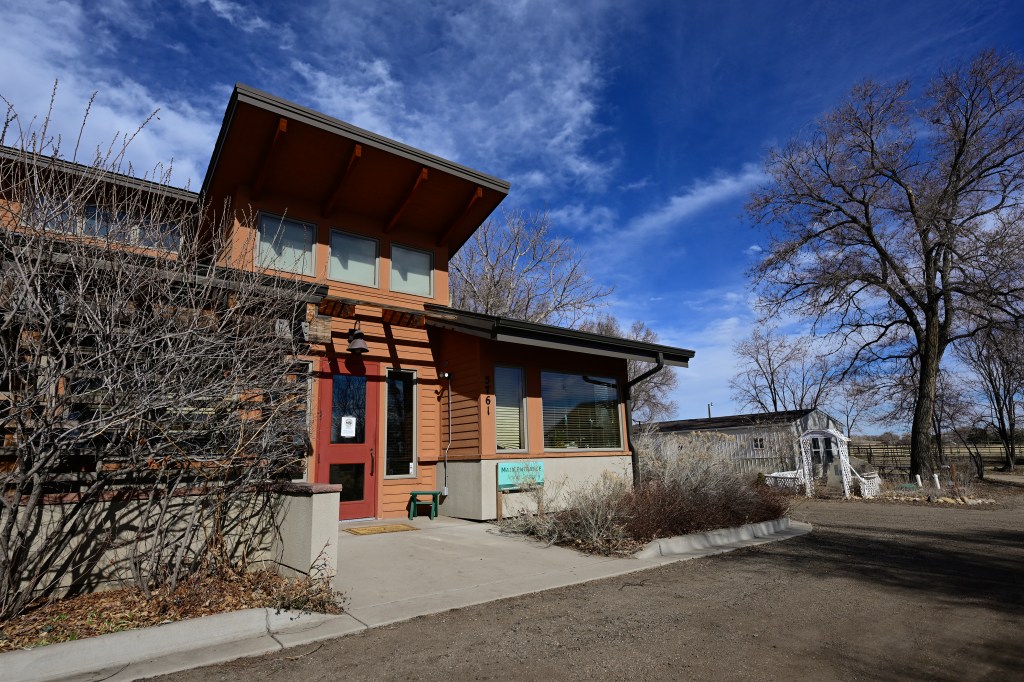
Greenwood Wildlife Rehabilitation Center workers say the top five reasons animals are admitted are because they are orphaned, attacked, sick, hurt by collisions or trapped.
If an animal appears to be orphaned, the rehabilitation center advocates for trying to reunite healthy babies with families over rescuing them. However if an animal is injured, workers do not try to reunite it with its animal family, said Mysti Tatro, the community relations manager for the Greenwood Wildlife Rehabilitation Center.
Many of the animal injuries that the Greenwood workers see are a result of a cat or dog attack. As a result, rehabilitation workers advise pet owners to take preventative measures by leashing any cats or dogs and removing bird feeders from their properties.
“We have a category called unknown injury,” said Tatro. “It’s really hard to tell where most injuries come from, however sometimes you can see puncture wounds on a bird that denotes a cat attack.”
Birds are the No. 1 animal that the rehabilitation center workers care for. Some common species that are rescued by the rehabilitation center include house finches, American robins and barn swallows.
“I think the reason we see birds the most is because they’re a more urban species,” said Tatro.
According to Tatro, the busiest time for the year for the rehabilitation center is in spring to late summer with more than 500 animal patients on site. She attributed the influx of animals to spring being a time where vulnerable young wildlife are abundant.
In light of recent snowstorms, Matthew Celesta, the development coordinator for the Greenwood Wildlife Rehabilitation Center, said that the center typically sees grebes and other diving birds when the roads are wet from rain or snow. Although there were no birds rescued during Colorado’s recent storms, the center received a relatively rare bird called a Pie-billed Grebe earlier in the year due to inclement weather, Celesta said.
Greenwood Wildlife produces an annual report each year so folks can see some of the types and categories of animals that the workers have helped, said Tatro. Greenwood also reports its data to the state Colorado Parks and Wildlife office, which gathers information from all rehabilitation centers in the state.
Colorado Parks and Wildlife uses year-end reports from rehabilitation centers to make sure entities are in compliance with license requirements, said Kara Van Hoose, who works for Colorado Parks and Wildlife. Rehabilitation centers are regulated on the types of species thay can work with and how long they’re allowed to keep wild animals before releasing them, Van Hoose said.
Greenwood reported $1.14 million in contributions in 2022, the most recent period for which figures were available. The office is at 5761 Ute Highway in Longmont. If you find an injured animal, you can call the center at: 303-823-8455.
